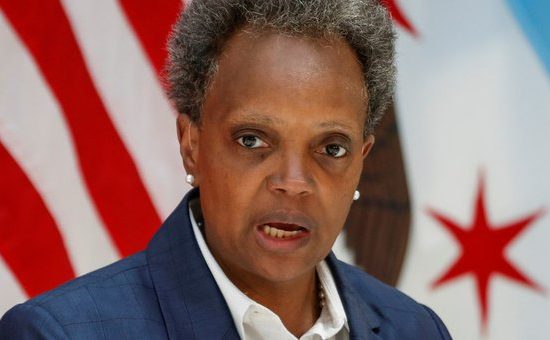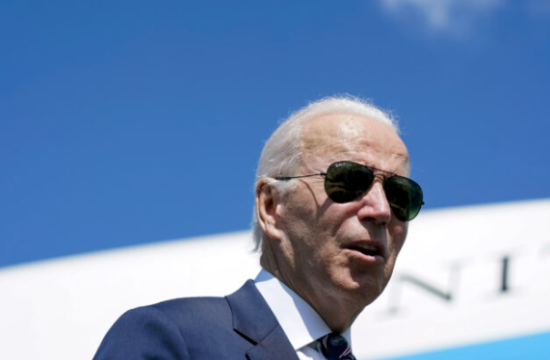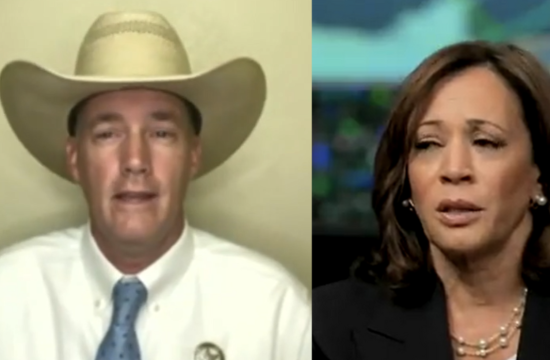Elon Musk’s SpaceX and the cell phone provider T-Mobile on Thursday jointly launched an effort that, according to the two companies, would eliminate dead spots in cell phone service.
According to a news release from SpaceX, conventional wireless networks, which rely on terrestrial cell phone towers to link users to networks, still cover approximately 20% of the United States’ land area and 90% of the planet. According to a press release from T-Mobile, the new “Coverage Above and Beyond” plan would use SpaceX’s low-earth satellite network, known as Starlink, to broadcast T-wireless Mobile’s network into areas that are often not served by terrestrial networks.
Starlink V2, launching next year, will transmit direct to mobile phones, eliminating dead zones worldwide
— Elon Musk (@elonmusk) August 26, 2022
According to a T-Mobile press release, the plan will start to roll out by the end of the year with a limited “beta,” where customers will be able to utilize Starlink to send text messages, before voice service and data use including internet connection are introduced next year. The second iteration of SpaceX’s satellite program, Starlink V2, will launch the following year equipped with antennas that broadcast cellular networks, enabling mobile phones to connect to them in the absence of a traditional tower.
Rather than replacing current wireless networks, Musk assured those present at the announcement briefing, the new network will be a complement. The new network is anticipated to focus on ensuring service to customers in anticipated dead zones while also acting as a backup in the event of a mobile tower falling offline, with the capacity to carry 2,000 phone calls and send hundreds of thousands of text messages at once.
“If there aren’t too many people in the cell zone, you may potentially even have a little bit of video,” said Musk. Even if customers are unable to connect to the complete Starlink network for any reason, Musk said, they may still anticipate sporadic coverage; but, text messages may take up to 30 minutes to deliver in certain circumstances.
In their respective news announcements, SpaceX and T-Mobile both extended an invitation to additional cellular network providers to join them in their mission to provide what they both referred to as “global connectivity.”












